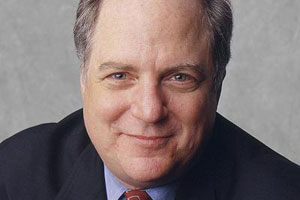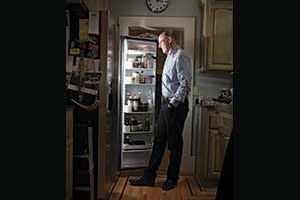
Fred R. Conrad/New York Times
For a special section in our May/June issue, we asked some of our favorite writers about their favorite nonfiction books, and over the next few weeks I’ll be posting their answers right here on the Riff. Let’s start with New York Times op-ed columnist Frank Rich:
Mother Jones: Which nonfiction book do you foist upon all of your friends and relatives? Why?
Frank Rich: Smiling Through the Apocalypse: Esquire‘s History of the Sixties, edited by Harold Hayes. Here in one brick of an anthology are some of the best pieces by the writers who brought American journalism and essay-writing into the modern age with great prose, narrative drive, hard-edged attitude as well as tireless reporting. Includes not only the enduring stars (Talese, Wolfe, Mailer, Baldwin, Lukas, Wills, Vidal, Wicker, Herr) but also some gems by the lesser known but equally gifted Jack Richardson and John Sack, among others. Collectively, the pieces also capture a much misunderstood, much sentimentalized decade as it unfolded. (Only conspicuous omissions—they weren’t contributors to Esquire—Joan Didion and Hunter Thompson).
MJ: Which nonfiction book have you reread the most times? What’s so good about it?
FR: Act One by Moss Hart. My favorite American memoir—about the early years and apprenticeship of the Broadway playwright and director. It’s at once a suspenseful Horatio Alger story, a vivid evocation of 1920’s New York (from the poorest immigrant tenements uptown to the glittery heights of golden-age Times Square) and a timeless account of how a young man with few resources but a passion for art employs every ounce of his being to escape a childhood blighted by poverty and bitter family dynamics.
MJ: Is there a nonfiction book that someone recommended to you when you were a kid that has left a lasting impression? Who recommended it, and why was it so special?
FR: Act One (see above), and In Cold Blood by Truman Capote. Both recommended by my mother, an avid reader and schoolteacher. To wait ravenously for the mailman to deliver Capote’s then-shocking “nonfiction novel” week by week as it was serialized in The New Yorker was a seminal reading experience—a glimmer, I imagine, of what it must have been like to devour Dickens in installments in another age.

















